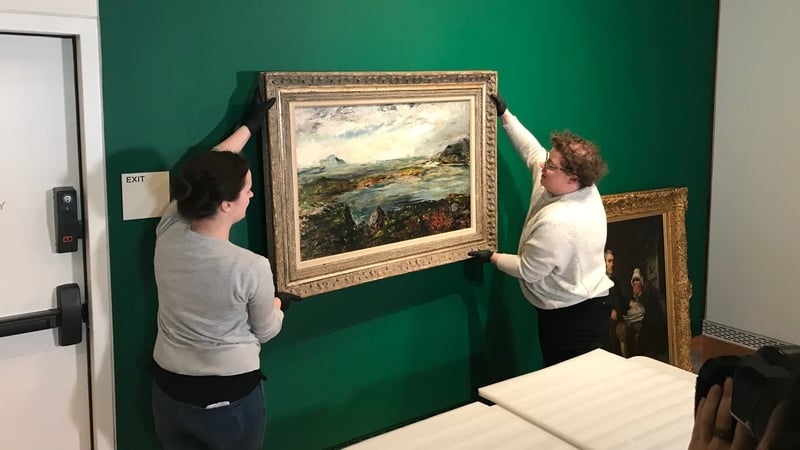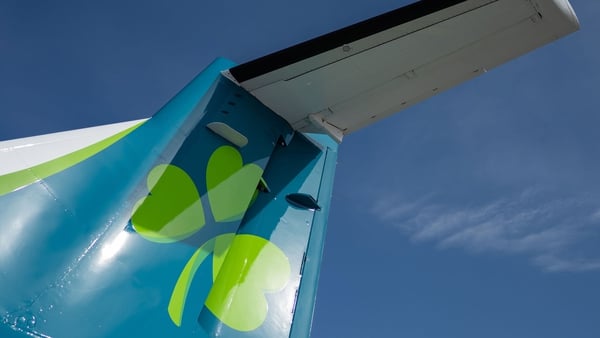Work is under way to transport the world's largest collection of famine-related art from a museum in Connecticut in the US to Ireland.
An exhibition that will open in Dublin Castle next month will include works from renowned artists such as Jack B Yeats, Paul Henry and Robert Ballagh.
The collection is currently held at Ireland's Great Hunger Museum at Quinnipiac University, Connecticut.

Around 50 paintings and sculptures are being packed into crates and transported to Ireland.
Director of Ireland's Great Hunger Museum Ryan Mahoney said: "The exhibition is coming home for the first time ever.
"We’re bringing our collection home to Ireland where it needs to be seen after five years of having it on display here in the US. In that time, we’ve seen tens of thousands of people coming through our doors."
Many of the works are graphic, depicting the horrors of the Great Famine. Some of the pieces focus on the plight of those who travelled on coffin ships from Ireland to the US.
More than 170 years on, another journey across the Atlantic will get under way in the coming days and transporting the world’s largest collection of famine art has taken a lot of planning.
Project manager Claire Puzarne said: "For the last year it’s been my job to get this exhibition ready and we are thrilled to be bringing it to the people of Ireland."
The exhibition entitled 'Coming Home: Art and the Great Hunger' will be on display between March and June in Dublin Castle before travelling to West Cork and then on to Derry.
Brian O'Donovan visited the museum in Connecticut as the mammoth task of moving the artwork got under way.

It is enormous. The painting 'Black ‘47' by artist Michael Farrell is 3 metres by 4.5 metres and fills an entire wall of Ireland's Great Hunger Museum at Quinnipiac University, Connecticut.
It's a striking, graphic piece that depicts the trial of Charles Trevelyan, the British official in charge of famine relief. He stands in a courtroom as skeletons of famine victims rise from an open grave.
I was gripped by the painting but I couldn't help but wonder how on earth they were going to get it off the wall?
For the expert art movers from Brooklyn, it wasn't a problem.
A team of four people lifted the painting off its fixtures before carefully walking it past other priceless artworks to a wide, open plan section of the museum.
We need your consent to load this rte-player contentWe use rte-player to manage extra content that can set cookies on your device and collect data about your activity. Please review their details and accept them to load the content.Manage Preferences
There, it was placed face down on a large sheet of plastic. Next, it was a case of drills out and shoes off as the art movers removed the canvass from its wooden backing and rolled it around a massive, hollow tube.
This was by far the biggest piece to be moved but it was only the first of many.
Around 50 paintings and sculptures, part of the world's largest collection of famine-related art, are being transported to Ireland for a major exhibition that will open in Dublin Castle next month.
Many of the works depict the horrors of the Great Famine. Gaunt, ghostly figures dressed in rags clutching starving children.
Mothers with their faces buried in their hands, lamenting the loss of loved ones.
It's an emotional exhibition and museum director Ryan Mahoney tells me it has relevance in today's world: "There are parallels to modern issues of hunger and immigration. Just look at the current refugee crisis. This is a story that goes on generation after generation."
Many of the works on display focus on the huge numbers of people who left Ireland on board coffin ships and travelled to America in the hope of a new life.
Now 170 years on, their stories will make the journey back across the Atlantic and return home.






